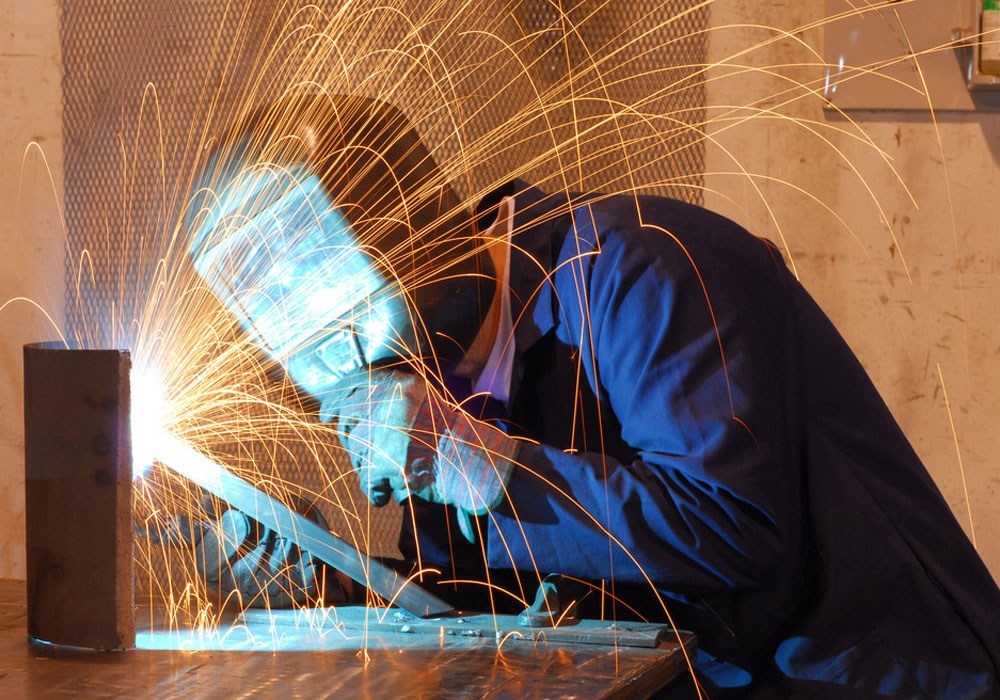An electric welding machine is a device that uses electrical energy to generate high temperature to weld two metal objects. It is an indispensable part of modern manufacturing and industrial production. The emergence of this equipment has greatly improved production efficiency and product quality, and has also had a profound impact on various industries.
1. Working principle of electric welding machine
The electric welding machine converts electrical energy into heat energy to bring the metal to a molten state to achieve welding. Its core principle is based on the arc generated between the welding rod and the workpiece, forming a high-temperature area, causing the two metal objects to partially melt, and then cool and solidify to form a strong weld.
2. Classification of electric welding machines
1. AC welding machine
It is suitable for welding of general metals and is characterized by simple equipment and low cost, but arc instability may occur.
2. DC welding machine
Provides a stable arc, suitable for welding various metals, and is often used for welding precision workpieces and workpieces with larger thicknesses.
3. Inverter welding machine
Using advanced inverter technology, it has the advantages of small size, high efficiency and low energy consumption, and is suitable for a variety of occasions and environments.
4. Gas shielded welding machine
Use inert gas to protect the weld, prevent oxidation, and improve the quality and strength of the weld.
3. Application areas of electric welding machines
Welding machines are widely used in many industrial manufacturing fields, such as:
Shipbuilding industry: used for welding ship hull structures.
Construction industry: used for connection and repair of building steel structures.
Automobile manufacturing: used for welding of car bodies and other components.
Petrochemical industry: used in the manufacturing and maintenance of pipelines, storage tanks and other equipment.
4. Precautions for purchase and use
1. Shopping
When choosing, you need to consider the type, power, stability and scope of application of the welding machine.
Compare different brands and models and choose based on price, performance, warranty service and other factors.
Make sure the welding machine you choose complies with relevant national and industry safety standards.
2. Use
Strictly follow the operating procedures during use to ensure the personal safety of operators.
Perform regular equipment maintenance and inspections to prevent safety hazards.
Choose appropriate welding rods and welding parameters according to different welding materials.
5. Conclusion
As an important tool in the manufacturing industry, the continuous development and application of welding technology not only promotes the innovation of industrial production, but also provides reliable technical support for various engineering projects. Reasonable selection and correct use of welding machines are the key to ensuring welding quality and operating safety. In the future, with the continuous advancement of technology, we are expected to see more advanced, efficient and environmentally friendly welding technology and equipment.

